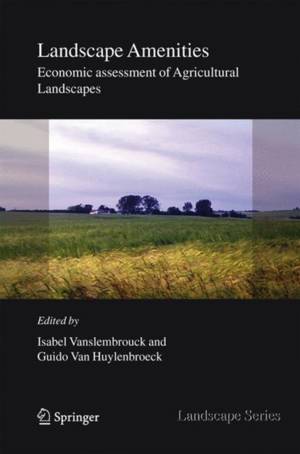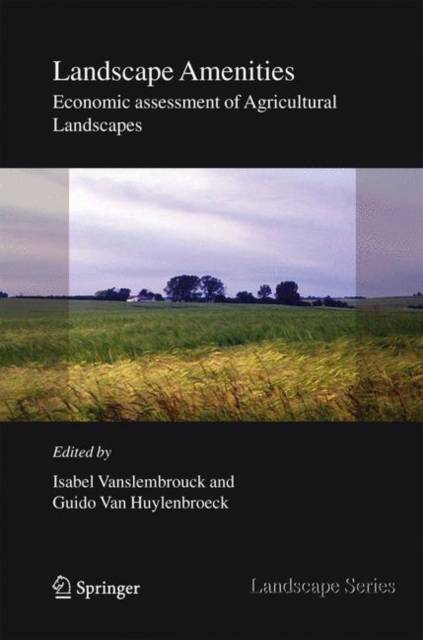
- Retrait gratuit dans votre magasin Club
- 7.000.000 titres dans notre catalogue
- Payer en toute sécurité
- Toujours un magasin près de chez vous
- Retrait gratuit dans votre magasin Club
- 7.000.000 titres dans notre catalogue
- Payer en toute sécurité
- Toujours un magasin près de chez vous
Landscape Amenities
Economic Assessment of Agricultural Landscapes
Isabel Vanslembrouck, Guido Van Huylenbroeck
265,95 €
+ 531 points
Description
This book maps points of common understanding and cooperation in the interpretation of landscapes. These interfaces appear between cultures, between natural and human sciences, lay people and experts, time and space, preservation and use, ecology and semiosis. The book compares how different cultures interpret landscapes, examines how cultural values are assessed, explores new tools for assessment, traces the discussion about landscape authenticity, and finally draws perspectives for further research.
Spécifications
Parties prenantes
- Auteur(s) :
- Editeur:
Contenu
- Nombre de pages :
- 202
- Langue:
- Anglais
- Collection :
- Tome:
- n° 2
Caractéristiques
- EAN:
- 9781402031342
- Date de parution :
- 14-09-05
- Format:
- Livre relié
- Format numérique:
- Genaaid
- Dimensions :
- 167 mm x 243 mm
- Poids :
- 489 g







